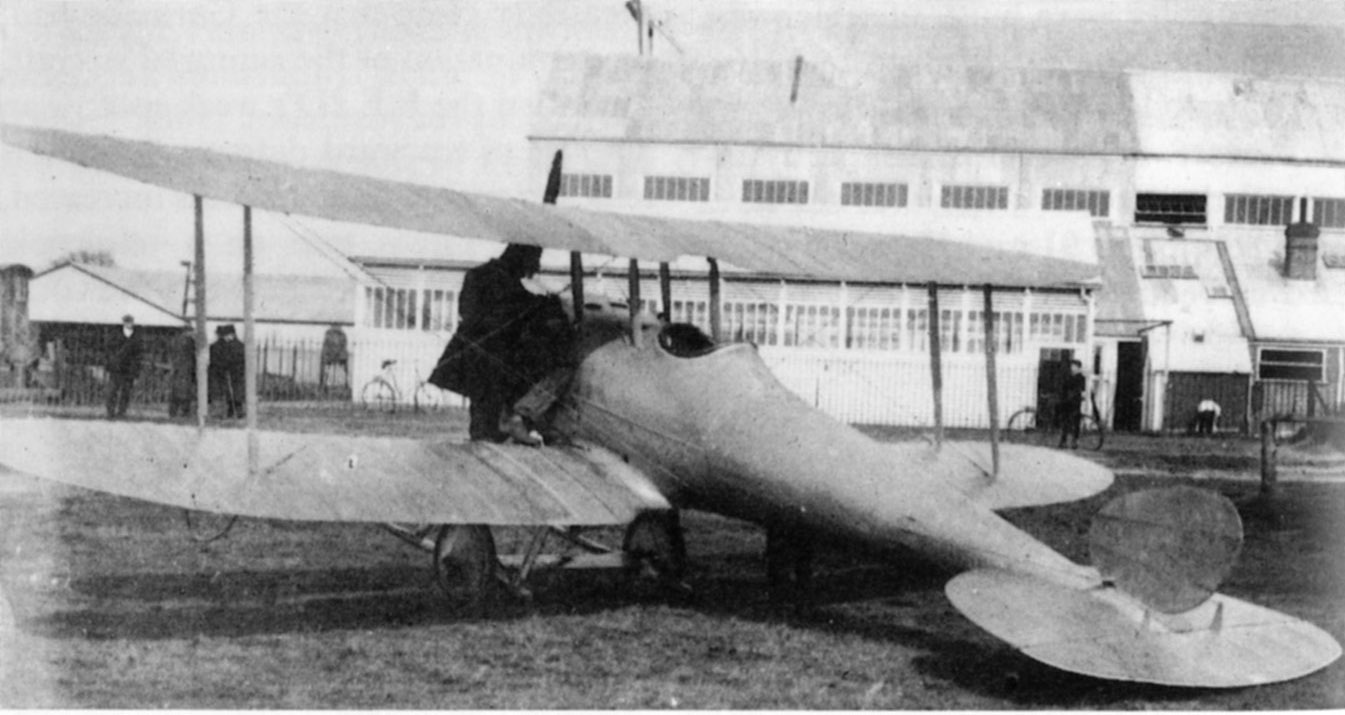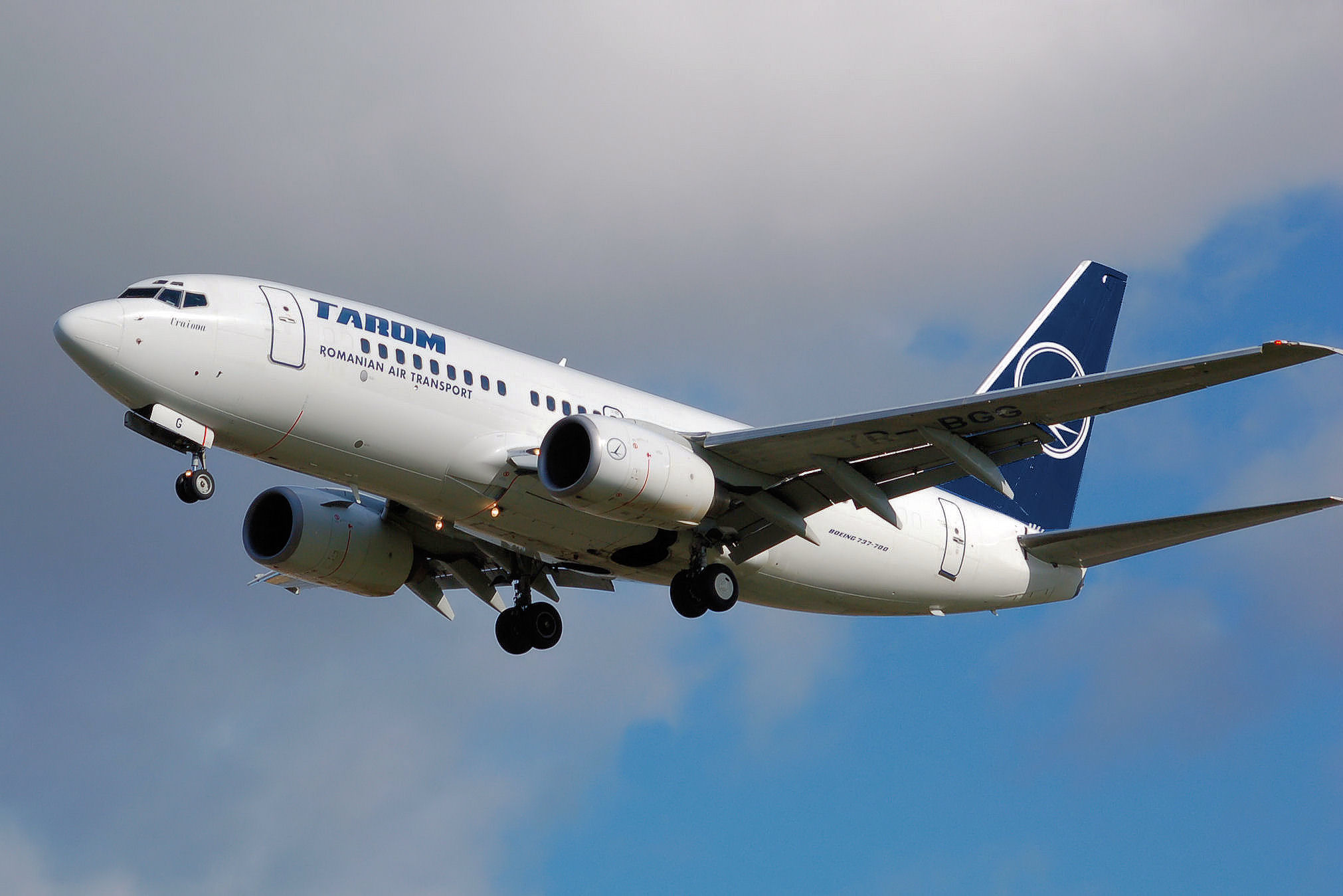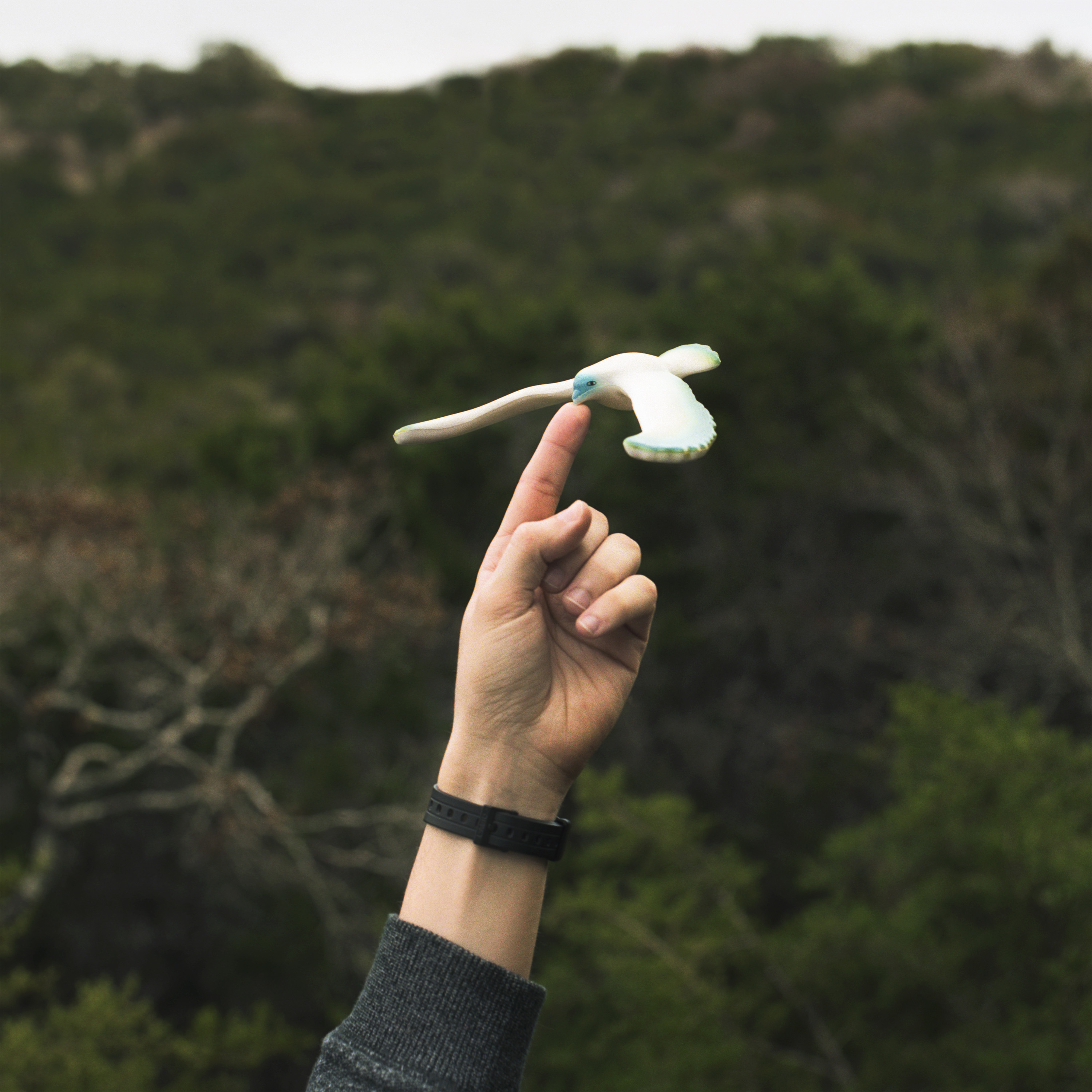|
B.E.2c
The Royal Aircraft Factory B.E.2 was a British single-engine tractor configuration, tractor two-seat biplane designed and developed at the Royal Aircraft Factory. Most of the roughly 3,500 built were constructed under contract by private companies, including established aircraft manufacturers and firms new to aircraft construction. Early versions entered squadron service with the Royal Flying Corps in 1912 and the type served throughout the World War I, First World War. Initially used as a reconnaissance aircraft and light bomber, as a single-seat night fighter the type destroyed six German airships between September and December 1916. By late 1915, the B.E.2 was proving increasingly defenceless against the then-new German Fokker Eindecker, Fokker ''Eindecker'' fighters, leading to increased losses during the period known as the Fokker Scourge. Although by now obsolete, it had to remain in front line service while replacement types were brought into service. Following its belate ... [...More Info...] [...Related Items...] OR: [Wikipedia] [Google] [Baidu] |
Mervyn O'Gorman
Mervyn Joseph Pius O'Gorman (19 December 1871 – 16 March 1958) was a British electrical and aircraft engineer. After working as an electrical engineer, he was appointed Superintendent of what became the Royal Aircraft Factory at Farnborough in Hampshire in 1909. In 1916, following a scandal over the quality of the aircraft used by the Royal Flying Corps, he was removed from this post but continued to act in an advisory capacity. After the war he concentrated his energies on motoring issues, particularly road safety and traffic management, and played an important part in the publication of the Highway Code. He died in 1958 in Chelsea, London. Birth and early life Mervyn Gorman was born in Brighton on 19 December 1871, the son of Edmund Anthony Gorman (1821-1912) and his third wife Margaret Eliza Barclay Crawford (1849-1899). Later in life, Mervyn readopted the O' prefix to his surname, which had been dropped by his Irish great-grandfather Thomas O'Gorman (1724–1800) afte ... [...More Info...] [...Related Items...] OR: [Wikipedia] [Google] [Baidu] |
Royal Flying Corps
"Through Adversity to the Stars" , colors = , colours_label = , march = , mascot = , anniversaries = , decorations = , battle_honours = , battles_label = Wars , battles = First World War , disbanded = merged with RNAS to become Royal Air Force (RAF), 1918 , current_commander = , current_commander_label = , ceremonial_chief = , ceremonial_chief_label = , colonel_of_the_regiment = , colonel_of_the_regiment_label = , notable_commanders = Sir David Henderson Hugh Trenchard , identification_symbol = , identification_symbol_label = Roundel , identification_symbol_2 = , identification_symbol_2_label = Flag , aircraft_attack = , aircraft_bomber = , aircraft_e ... [...More Info...] [...Related Items...] OR: [Wikipedia] [Google] [Baidu] |
Royal Aircraft Establishment
The Royal Aircraft Establishment (RAE) was a British research establishment, known by several different names during its history, that eventually came under the aegis of the UK Ministry of Defence (MoD), before finally losing its identity in mergers with other institutions. The first site was at Farnborough Airfield ("RAE Farnborough") in Hampshire to which was added a second site RAE Bedford ( Bedfordshire) in 1946. In 1988 it was renamed the Royal Aerospace Establishment (RAE) before merging with other research entities to become part of the new Defence Research Agency in 1991. History In 1904–1906 the Army Balloon Factory, which was part of the Army School of Ballooning, under the command of Colonel James Templer, relocated from Aldershot to the edge of Farnborough Common in order to have enough space to inflate the new "dirigible balloon" or airship which was then under construction.Walker, P; Early Aviation at Farnborough, Volume I: Balloons, Kites and Airships, Mac ... [...More Info...] [...Related Items...] OR: [Wikipedia] [Google] [Baidu] |
Edward Teshmaker Busk
Lieutenant Edward Teshmaker Busk, London Electrical Engineers. RE(T) (8 March 1886 – 5 November 1914) was an English pioneer of early aircraft design, and the designer of the first full-sized efficient inherently stable aeroplane. He was the son of Thomas Teshmaker Busk (1852–1894) and Mary Busk née Acworth (1854–1935), of Hermongers, Rudgwick, Sussex. After attaining First Class Honours in Mechanical Sciences at Cambridge in June 1912 he became Assistant Engineer at the newly formed Royal Aircraft Factory, Farnborough, later the Royal Aircraft Establishment. Here he devoted much of his time to the mathematics and dynamics of stable flight. In the early years of powered flight inherent stability in an aircraft was a most important quality. Busk took his theories into the air and tried them out in practice. In 1913 this work was used in the R.E.1 (Reconnaissance Experimental), claimed as the first inherently stable aeroplane, and resulted in the development of the B.E.2c ... [...More Info...] [...Related Items...] OR: [Wikipedia] [Google] [Baidu] |
WikiProject Aircraft
A WikiProject, or Wikiproject, is a Wikimedia movement affinity group for contributors with shared goals. WikiProjects are prevalent within the largest wiki, Wikipedia, and exist to varying degrees within Wikimedia project, sister projects such as Wiktionary, Wikiquote, Wikidata, and Wikisource. They also exist in different languages, and translation of articles is a form of their collaboration. During the COVID-19 pandemic, CBS News noted the role of Wikipedia's WikiProject Medicine in maintaining the accuracy of articles related to the disease. Another WikiProject that has drawn attention is WikiProject Women Scientists, which was profiled by ''Smithsonian Magazine, Smithsonian'' for its efforts to improve coverage of women scientists which the profile noted had "helped increase the number of female scientists on Wikipedia from around 1,600 to over 5,000". On Wikipedia Some Wikipedia WikiProjects are substantial enough to engage in cooperative activities with outside organization ... [...More Info...] [...Related Items...] OR: [Wikipedia] [Google] [Baidu] |
Fixed-wing Aircraft
A fixed-wing aircraft is a heavier-than-air Aircraft, flying machine, such as an airplane, which is capable of flight using wings that generate Lift (force), lift caused by the aircraft's forward airspeed and the wing configuration, shape of the wings. Fixed-wing aircraft are distinct from rotorcraft, rotary-wing aircraft (in which the wings form a Helicopter rotor, rotor mounted on a spinning shaft or "mast"), and ornithopters (in which the wings bird flight#Flapping flight, flap in a manner similar to that of a bird). The wings of a fixed-wing aircraft are not necessarily rigid; kites, hang gliders, variable-sweep wing aircraft and airplanes that use wing morphing are all examples of fixed-wing aircraft. Gliding flight, Gliding fixed-wing aircraft, including free-flying Glider (aircraft), gliders of various kinds and tethered kites, can use moving air to gain altitude. Powered aircraft, Powered fixed-wing aircraft (airplanes) that gain forward thrust from an aircraft engine, ... [...More Info...] [...Related Items...] OR: [Wikipedia] [Google] [Baidu] |
Centre Of Gravity
In physics, the center of mass of a distribution of mass in space (sometimes referred to as the balance point) is the unique point where the weighted relative position of the distributed mass sums to zero. This is the point to which a force may be applied to cause a linear acceleration without an angular acceleration. Calculations in mechanics are often simplified when formulated with respect to the center of mass. It is a hypothetical point where the entire mass of an object may be assumed to be concentrated to visualise its motion. In other words, the center of mass is the particle equivalent of a given object for application of Newton's laws of motion. In the case of a single rigid body, the center of mass is fixed in relation to the body, and if the body has uniform density, it will be located at the centroid. The center of mass may be located outside the physical body, as is sometimes the case for hollow or open-shaped objects, such as a horseshoe. In the case of a dis ... [...More Info...] [...Related Items...] OR: [Wikipedia] [Google] [Baidu] |
Fuselage
The fuselage (; from the French ''fuselé'' "spindle-shaped") is an aircraft's main body section. It holds crew, passengers, or cargo. In single-engine aircraft, it will usually contain an engine as well, although in some amphibious aircraft the single engine is mounted on a pylon attached to the fuselage, which in turn is used as a floating hull. The fuselage also serves to position the control and stabilization surfaces in specific relationships to lifting surfaces, which is required for aircraft stability and maneuverability. Types of structures Truss structure This type of structure is still in use in many lightweight aircraft using welded steel tube trusses. A box truss fuselage structure can also be built out of wood—often covered with plywood. Simple box structures may be rounded by the addition of supported lightweight stringers, allowing the fabric covering to form a more aerodynamic shape, or one more pleasing to the eye. Geodesic construction Ge ... [...More Info...] [...Related Items...] OR: [Wikipedia] [Google] [Baidu] |
Wing Warping
Wing warping was an early system for lateral (roll) control of a fixed-wing aircraft. The technique, used and patented by the Wright brothers, consisted of a system of pulleys and cables to twist the trailing edges of the wings in opposite directions. In many respects, this approach is similar to that used to trim the performance of a paper airplane by curling the paper at the back of its wings. Description In 1900, Wilbur Wright wrote, "...my observations of the flight of birds convince me that birds use more positive and energetic methods of regaining equilibrium than that of shifting the center of gravity...they regain their lateral balance...by a torsion of the tips of the wings. If the rear edge of the right wing tip is twisted upward and the left downward the bird becomes an animated windmill and instantly begins to turn, a line from its head to its tail being the axis." After Wilbur demonstrated the method, Orville noted, "From this it was apparent that the wings of a ma ... [...More Info...] [...Related Items...] OR: [Wikipedia] [Google] [Baidu] |
Cabane Strut
In aeronautics, bracing comprises additional structural members which stiffen the functional airframe to give it rigidity and strength under load. Bracing may be applied both internally and externally, and may take the form of strut, which act in compression or tension as the need arises, and/or wires, which act only in tension. In general, bracing allows a stronger, lighter structure than one which is unbraced, but external bracing in particular adds drag which slows down the aircraft and raises considerably more design issues than internal bracing. Another disadvantage of bracing wires is that they require routine checking and adjustment, or rigging, even when located internally. During the early years of aviation, bracing was a universal feature of all forms of aeroplane, including the monoplanes and biplanes which were then equally common. Today, bracing in the form of lift struts is still used for some light commercial designs where a high wing and light weight are more im ... [...More Info...] [...Related Items...] OR: [Wikipedia] [Google] [Baidu] |
Wolseley Motors
Wolseley Motors Limited was a British motor vehicle manufacturer founded in early 1901 by the Vickers Armaments in conjunction with Herbert Austin. It initially made a full range, topped by large luxury cars, and dominated the market in the Edwardian era. The Vickers brothers diedin 1914 and 1919 respectively and, without their guidance, Wolseley expanded rapidly after the war, manufacturing 12,000 cars in 1921, and remained the biggest motor manufacturer in Britain. Over-expansion led to receivership in 1927 when it was bought from Vickers Limited by William Morris as a personal investment. He moved it into his Morris Motors empire just before the Second World War. After that, Wolseley products were "badge-engineered" Morris cars. Wolseley went with its sister businesses into BMC, BMH and British Leyland, where its name lapsed in 1975. Founding 1901 File:Herbert Austin 1905.jpg, Herbert Austin (1866–1941) in 1905 File:Colonel-thomas-edward-vickers-1896.jp.jpg, ... [...More Info...] [...Related Items...] OR: [Wikipedia] [Google] [Baidu] |
Voisin 1907 Biplane
The 1907 Voisin biplane (designated the Voisin II by the 1913 edition of '' Jane's All the World's Aircraft''), was the first successful powered aircraft designed by aeronautical engineer and manufacturer Gabriel Voisin. It was used by the French aviator Henri FarmanBorn in France to British father, Henri (or Henry) Farman took French nationality in 1937 to make the first heavier-than-air flight lasting more than a minute in Europe, and also to make the first full circle. The first examples of the aircraft were known by the name of their owners, for instance the Delagrange I, or the Henri Farman n°1. Farman made many modifications to his aircraft, and these were incorporated into later production aircraft built by Voisin. The type enjoyed widespread success, and around sixty were built. Background Between 1904 and 1908 there was fierce competition between European aviation experimenters attempting to achieve powered heavier-than-air flight. Although the Wright Brothe ... [...More Info...] [...Related Items...] OR: [Wikipedia] [Google] [Baidu] |








